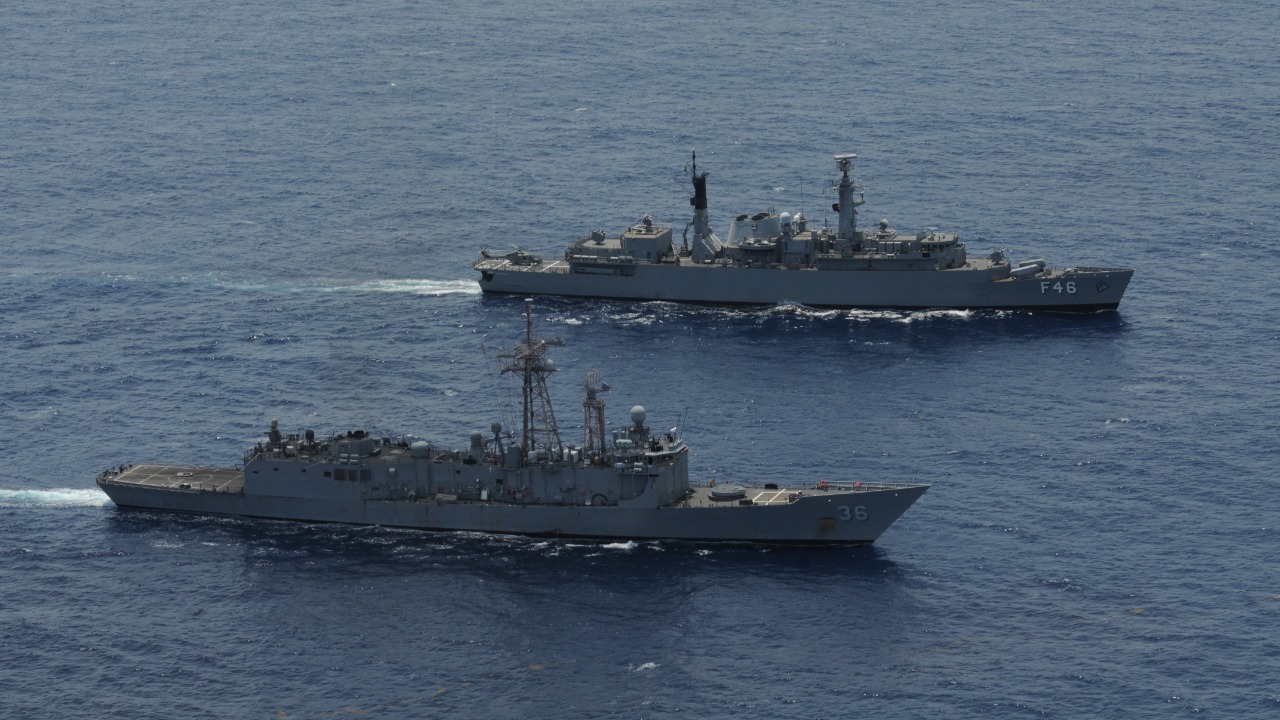
The US Navy is on the hunt for long-range drone ships capable of operating in blue-water environments, a move that could revolutionize unmanned maritime operations. Blue Water Autonomy, a company specializing in autonomous surface vessels, is emerging as a potential supplier for the Navy’s needs. This development is part of a broader trend in naval drone technology, which includes heavy-lift drones for delivery services and directed-energy defenses against aerial threats.
US Navy’s Push for Unmanned Maritime Capabilities
The US Navy’s strategic requirements for long-range drone ships are clear: they need to conduct missions far from shore without human crews, with a particular focus on autonomy in contested waters. The Navy’s ongoing procurement initiatives highlight specific operational needs, such as integration with existing fleet assets for surveillance, logistics, and strike roles. These vessels are designed to address gaps in current naval power projection, including reducing risk to personnel and achieving cost efficiencies in sustained operations.
Blue Water Autonomy’s Role in Drone Ship Development
Enter Blue Water Autonomy, a company that could potentially deliver the goods for the Navy’s long-range drone ship program. The company’s focus is on blue-water autonomy technologies, including propulsion systems and AI-driven navigation for extended missions. As of November 15, 2025, they have been working on prototypes and concepts that align with Navy specifications for range, endurance, and modularity in unmanned platforms.
Integrating Heavy Drones into Naval Logistics
Heavy drones are being positioned as the future of delivery services for the US Navy. These autonomous heavy-lift systems could enable rapid resupply of ships at sea without traditional logistics chains. Applications could include transporting munitions, medical supplies, or spare parts to support fleet operations. Testing and deployment timelines began around February 27, 2025, to validate reliability in maritime environments, according to a report by DroneDJ.
Defensive Technologies Against Drone Threats
Directed-energy weapons, like the giant microwave system developed by Epirus, could play a crucial role in protecting drone ships from enemy aerial incursions. This system has the capability to zap drones through high-power microwaves, disrupting or disabling threats in real-time. There is potential for these defenses to be mounted on Navy drone ships, providing layered protection during long-range missions.
The Aerospace and Defense Contractor Landscape
As of January 10, 2025, the top US aerospace and defense contractors have been profiled, providing context for Blue Water Autonomy’s competitive edge. Key players involved in unmanned systems, such as those ranking in the top 10 for naval tech innovations, have been highlighted by U.S. Funds. This landscape analysis reveals how smaller innovators like Blue Water Autonomy can collaborate or compete with established giants in bidding for Navy contracts.
Challenges and Innovations in Long-Range Autonomy
There are technical hurdles for drone ships, including communication over vast distances and resilience against electronic warfare. However, ongoing innovations, such as hybrid power sources and swarm coordination, may be incorporated by companies like Blue Water Autonomy to meet Navy viability requirements. Regulatory and ethical aspects of deploying fully autonomous vessels in international waters also need to be considered, adding another layer of complexity to this innovative field.
More from MorningOverview